The Most Romantic Tuscan Town
One morning in early February of 2017, as the sun was shining, I made a last-minute decision after dropping Thomas at day-care to take the 90-minute drive to the small town of Pienza, a town and comune in the province of Siena, located between the towns of Montepulciano and Montalcino in the Val d’Orcia area of Tuscany.
I could not have chosen a better day to visit. As it was Winter, I felt like I had the whole town to myself as there were no tourists around when I arrived at 10 am. The fog was still sitting in the Val ‘d’Orcia Valley below and so made the typical Tuscan views of winding roads lined with cypress trees look quite mystical and all the more beautiful.
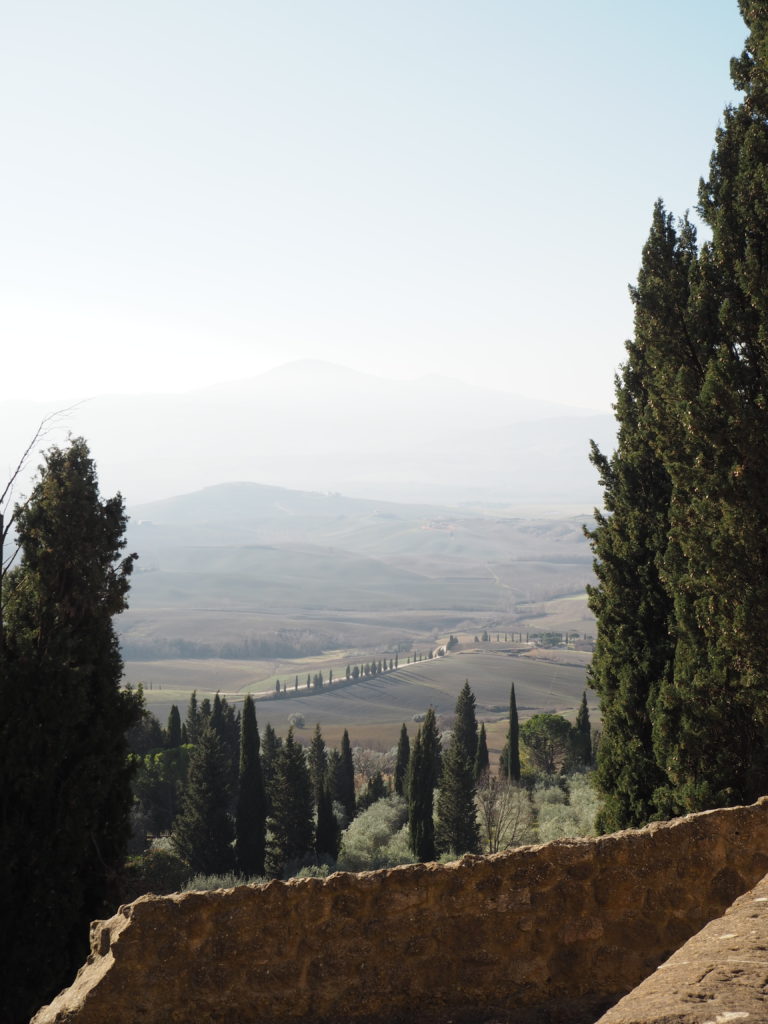
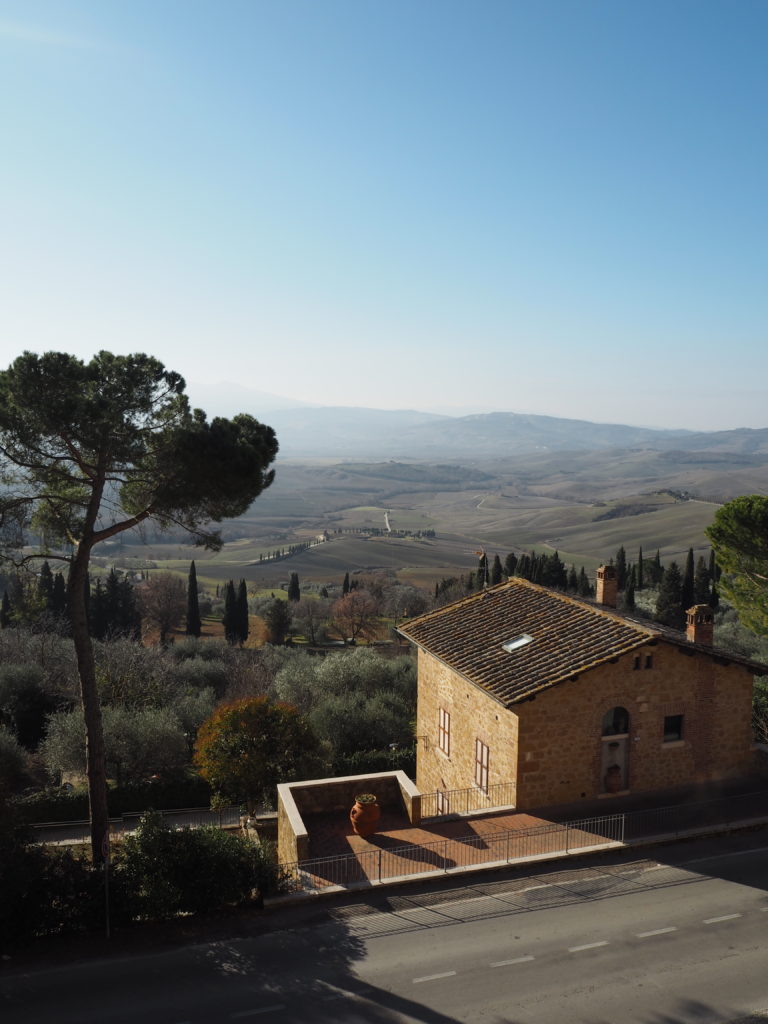
Pienza is known not only for its wonderful historic centre, declared a World Heritage Site by UNESCO in 1996, but also as an excellent example of Renaissance architecture. Built on a hill that dominates the Val D’Orica, Pienza was created by the great humanist Enea Silvio Piccolomini who would later became Pope Pius II. Piccolomini had the money and influence to transform his birthplace village, originally called Corsignano into the Renaissance masterpiece that we admire today. He hired Bernardo Rossellino, one of the best Renaissance architects to design the town and who, under the guidance of Leon Battista Alberti (famous for creating the facade of Santa Maria Novella in Florence), combined his beautifully balanced architecture harmoniously with the surrounding countryside which has remained practically unchanged over the centuries.
It is the first and most important example of an ‘Ideal City’, realized in the Renaissance.
Between 1459 and 1462, Rossellino managed to complete the entire urban establishment. The untimely death of Pope Pius II put a stop to the urban reorganization of the new city and the ‘borgo’ that we admire today is the same as how it appeared in the mid ‘400’s. The completed work was enough to make Pienza one of the most wonderful examples of Italian Renaissance architecture.
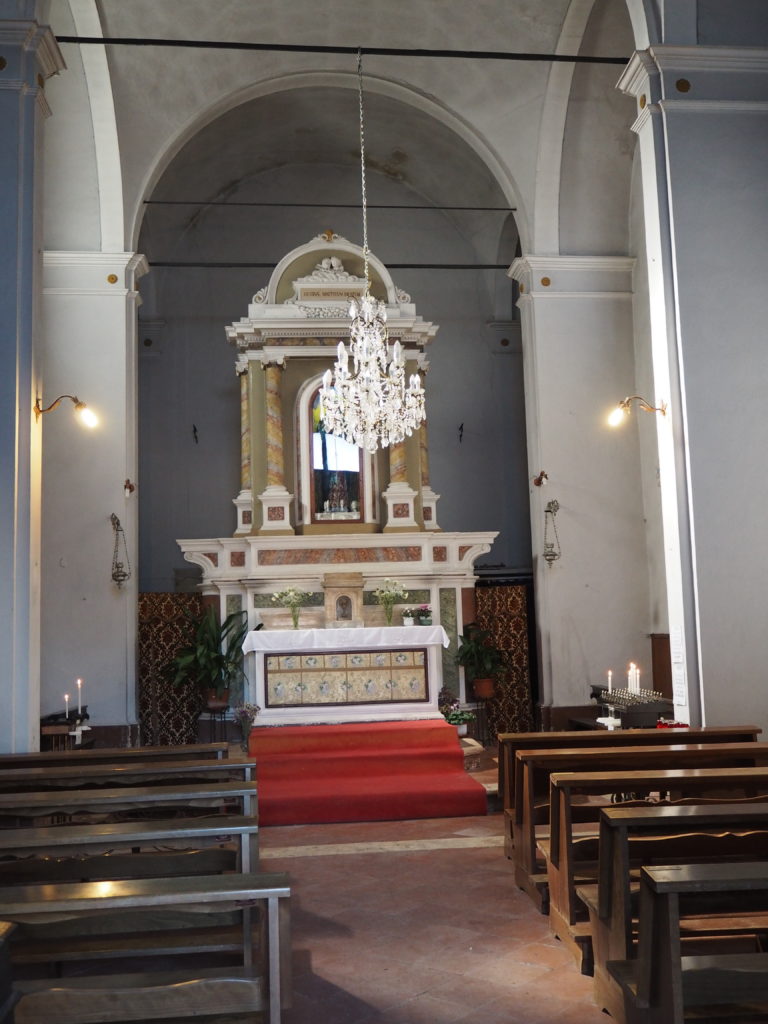

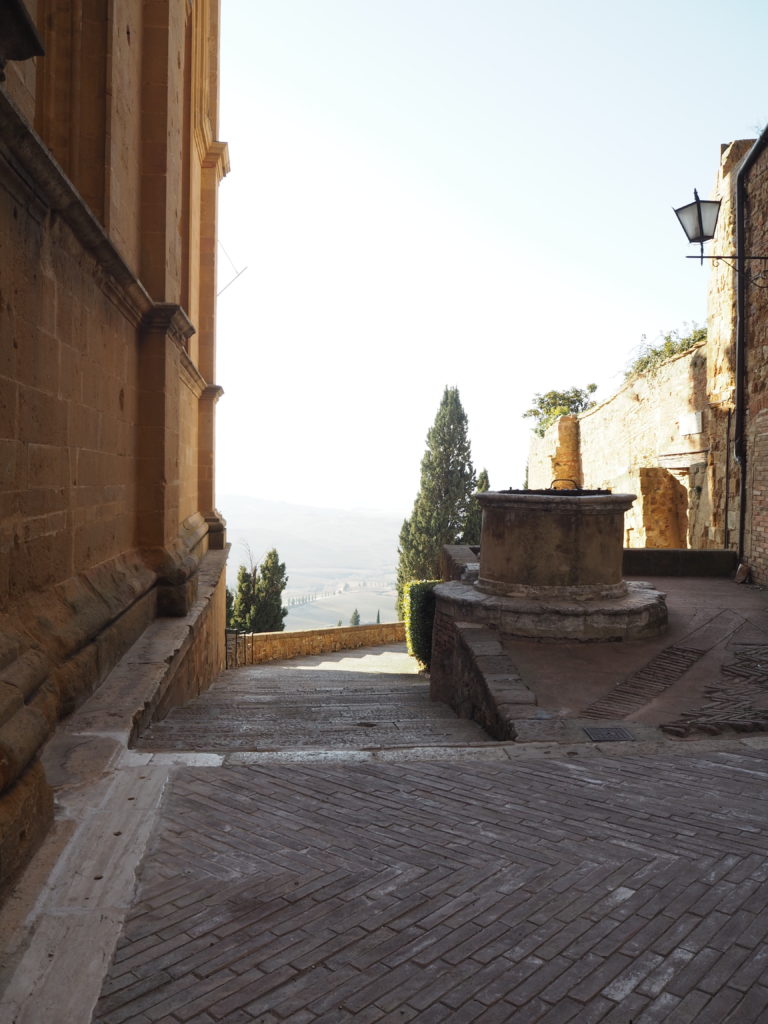
The main square of the town, Piazza Pio II is surrounded by the principal monuments erected by Rossellino.
The Cathedral and tower being the most important building as the Pope wanted this, as a sign of faith to be in the most predominant position and offer the most visual impact. On the facade, is a delicate crown of foliage and fruit which is the Piccolimini coat-of-arms.
The second most important building on the square is Palazzo Piccolomini was constructed to receive Pio II and his court. Rossellino’s masterpiece, it was inspired by Palazzo Rucellai in Florence.
Also found on this square, Palazzo Borgia and the adjacent Jouffroy Palace are today the seat of the Diocesan Museum of Pienza.
The Town Hall was the last building constructed in the square and features a wide Loggia with impressive columns in travertine.
Palazzo Ammannati, Palazzo Gonzaga and Palazzo del Cardinale Atrebatense add the finishing touches to this beautiful city as well as the Church of S. Francesco which features beautiful frescoes depicting the story of Saint Francis’s life.
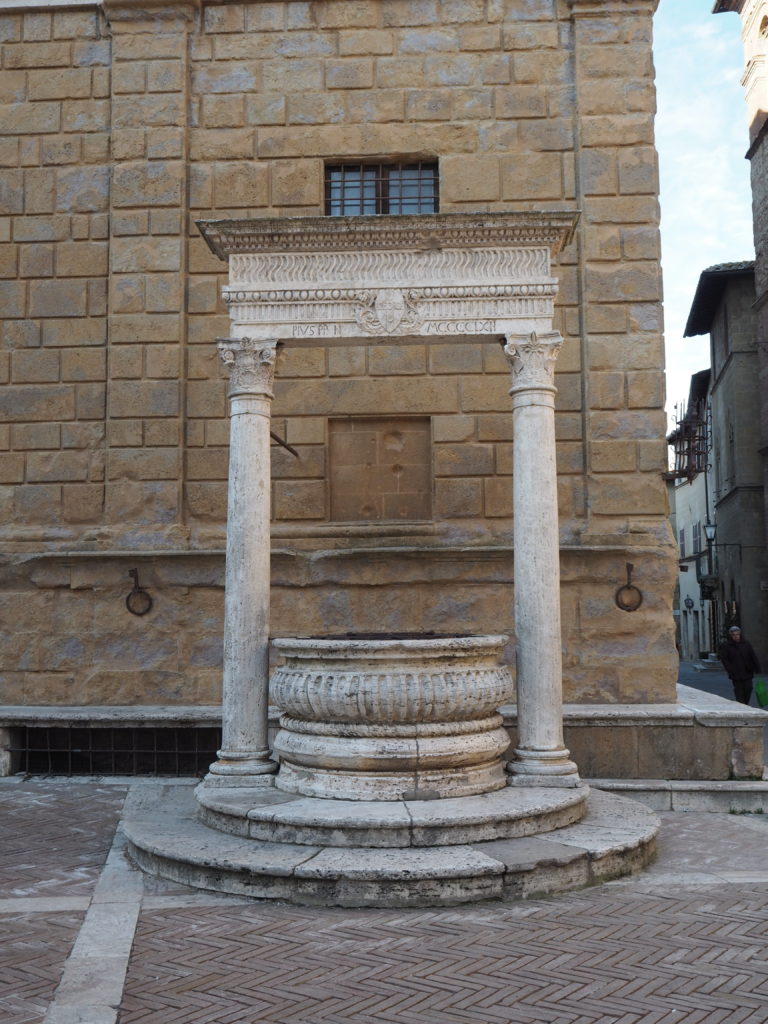
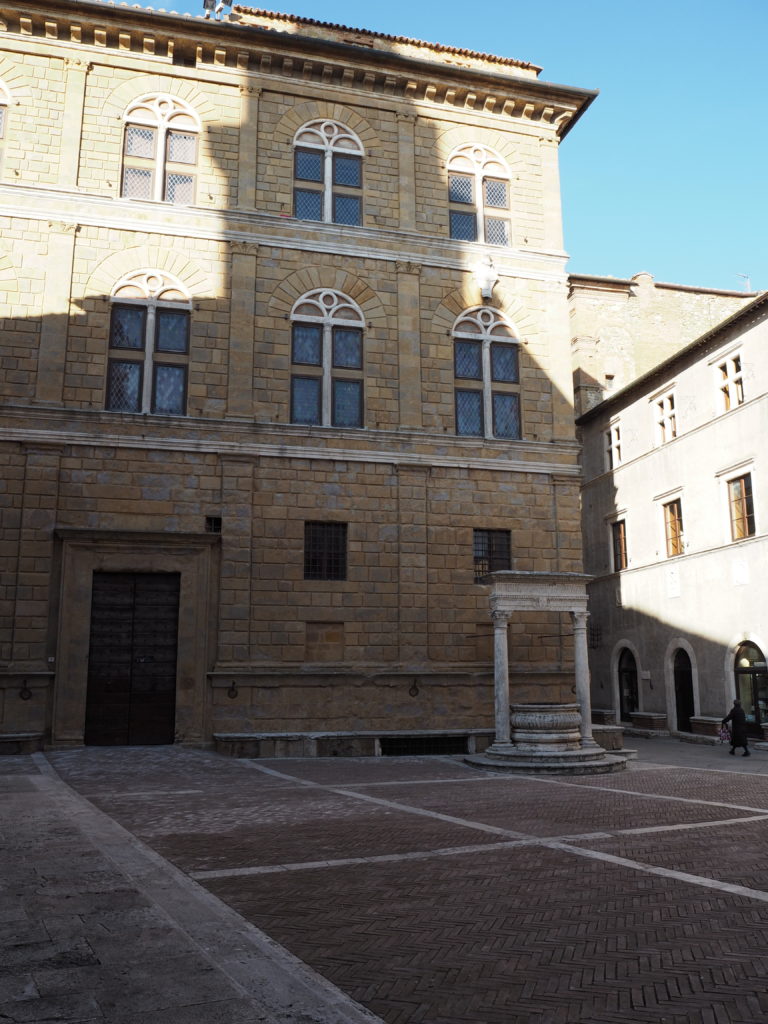
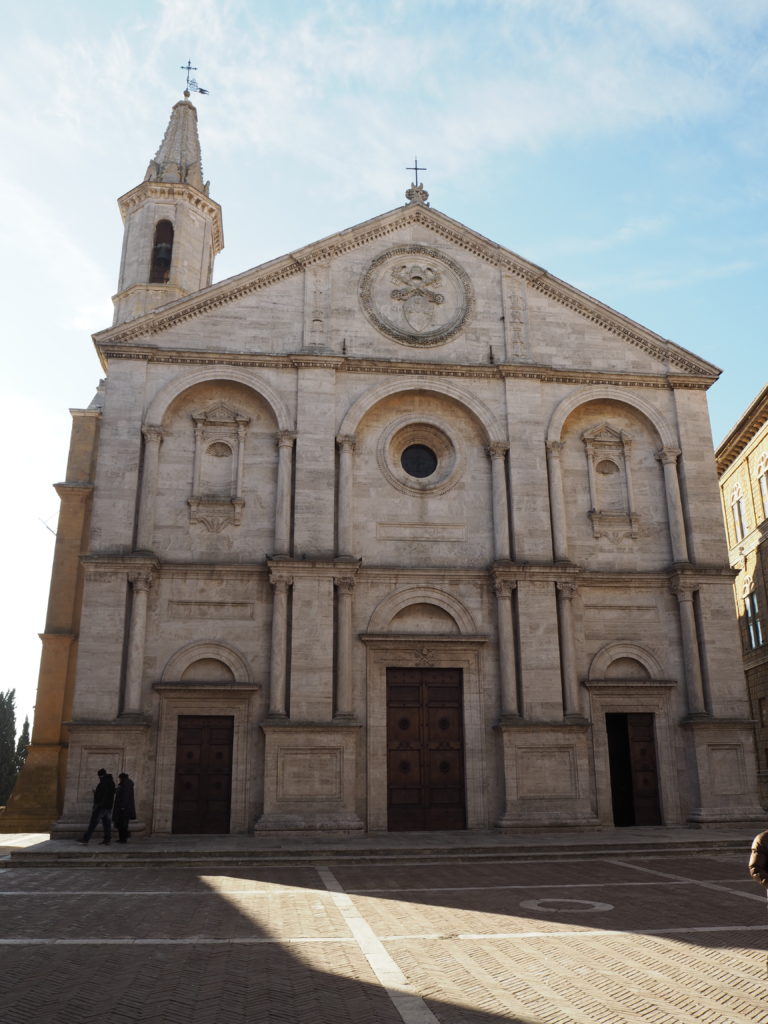
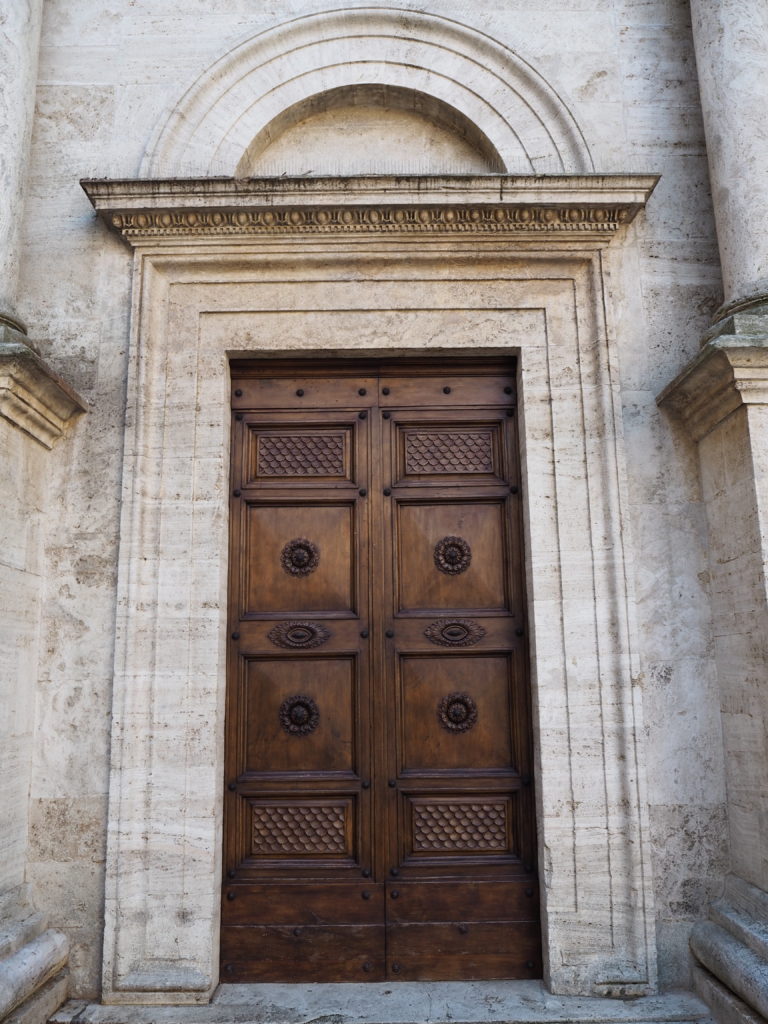
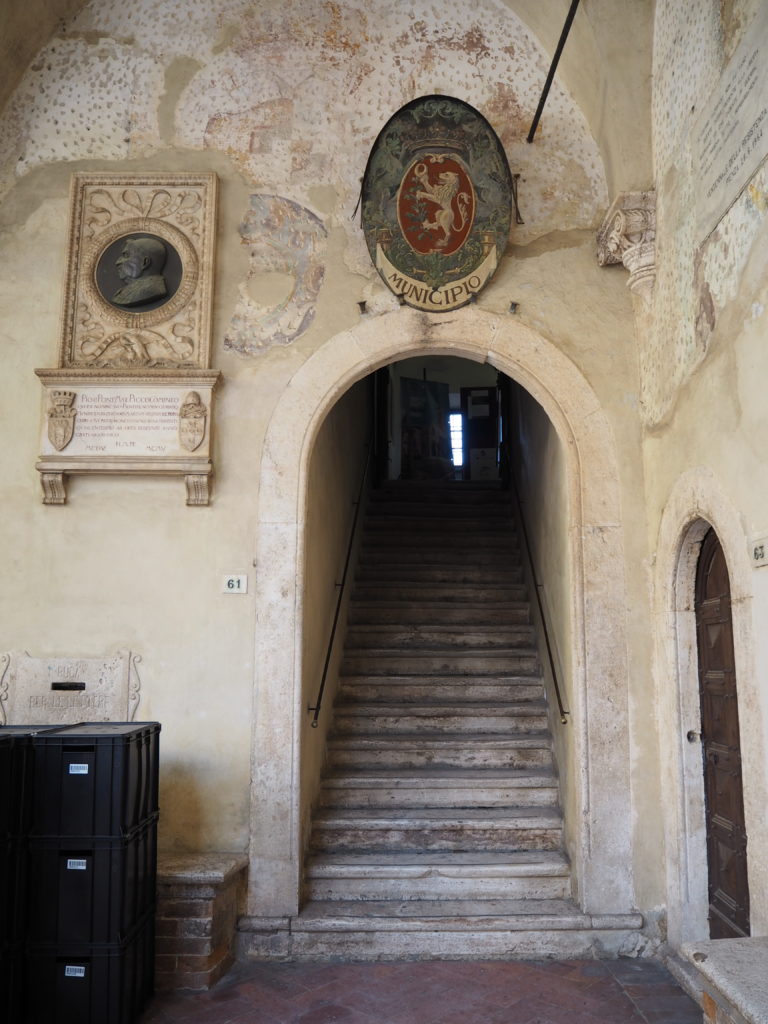
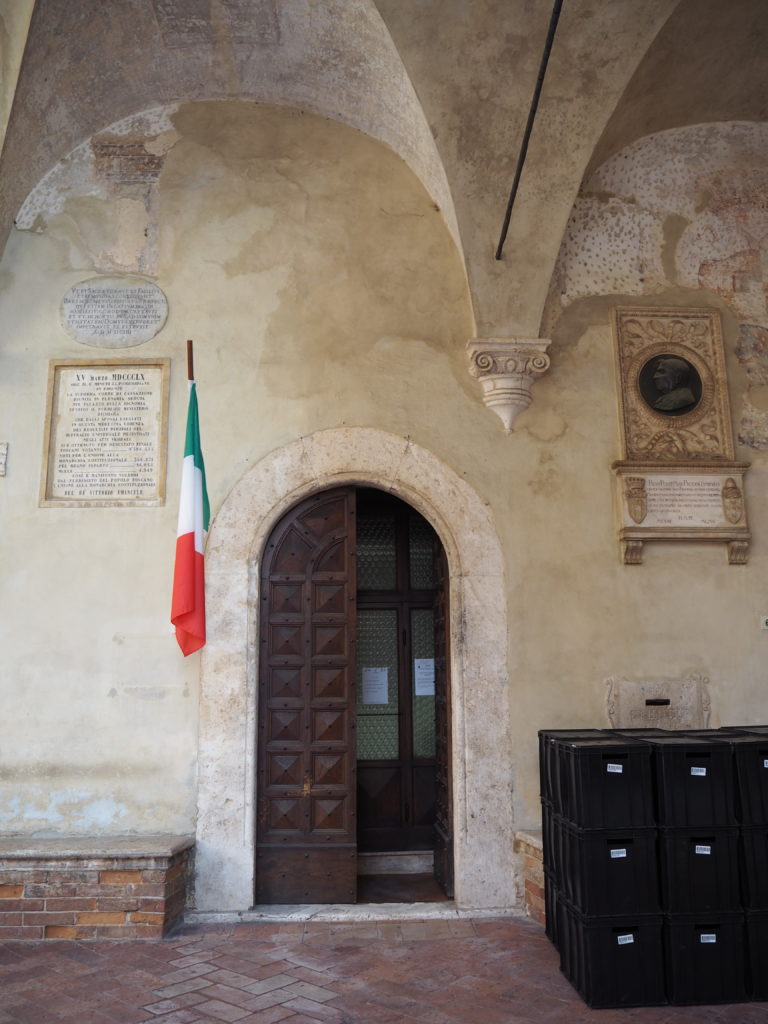
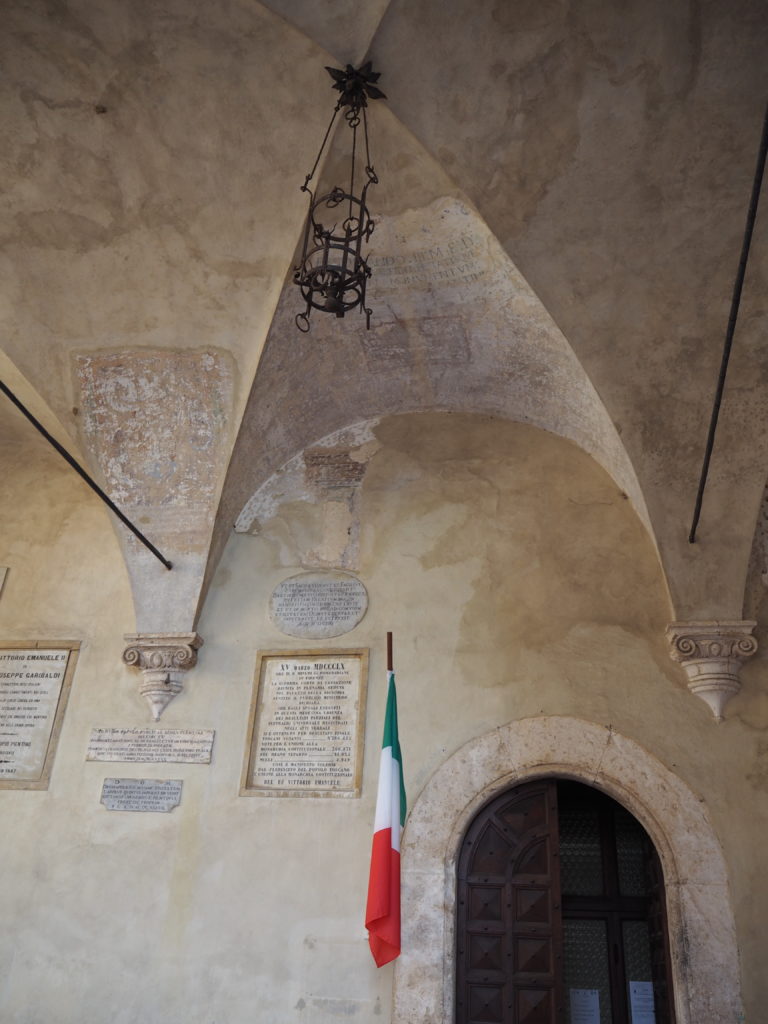
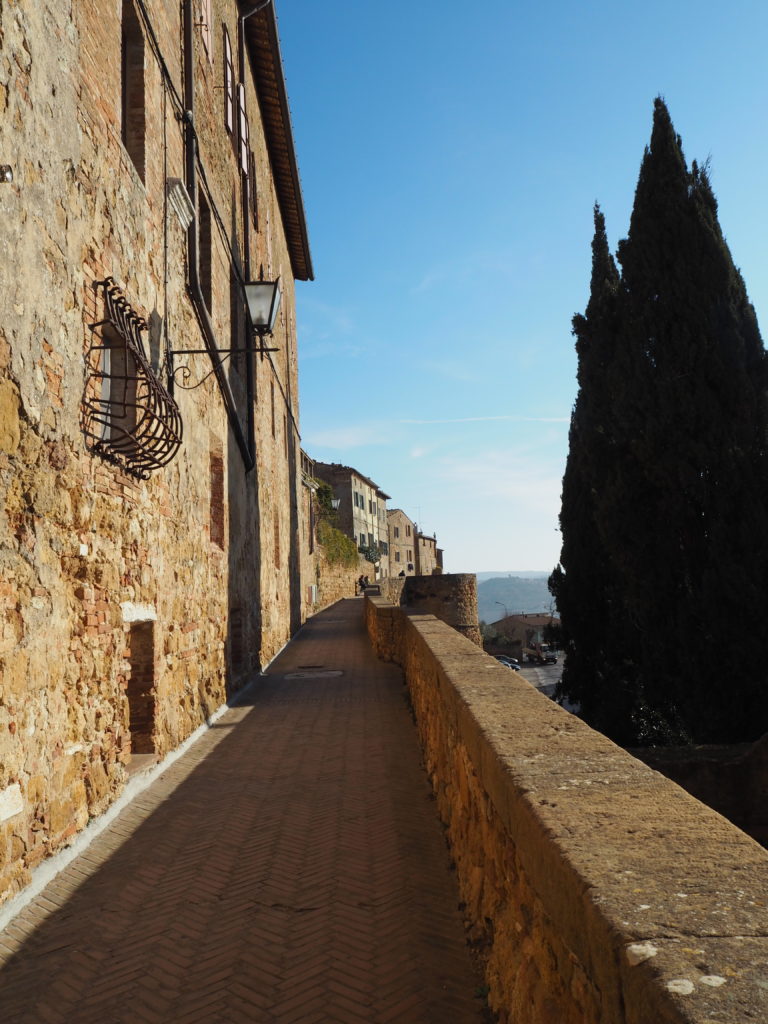
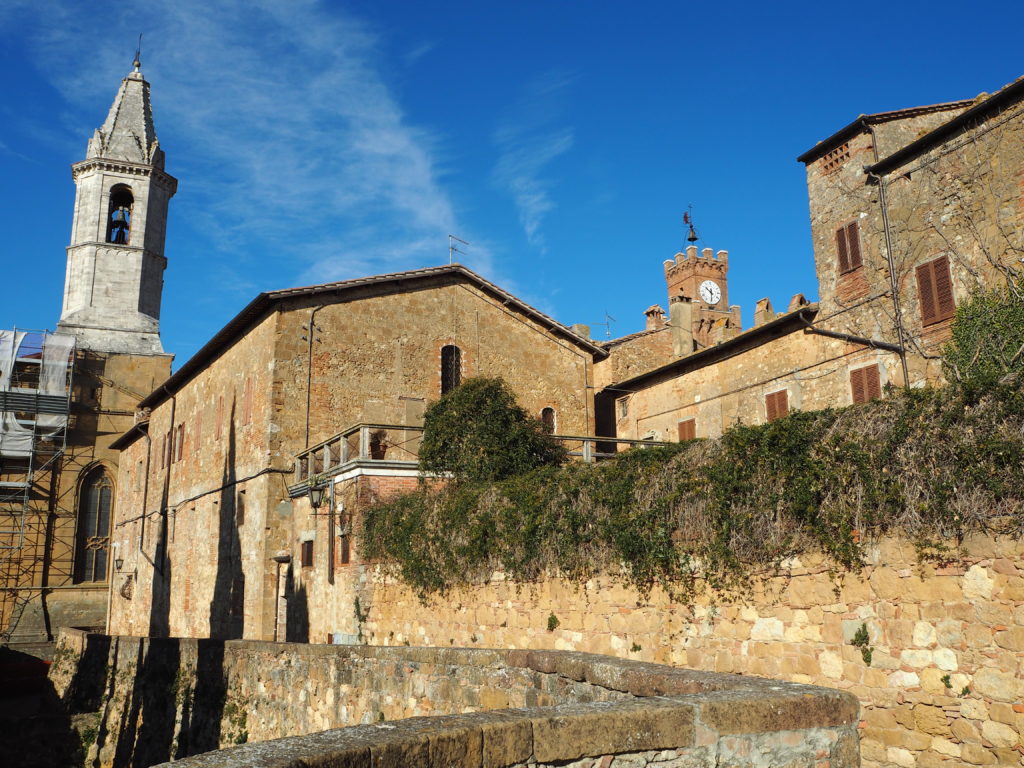
Pienza is where you will find the romantic streets named, Via del Bacio, Via dell’Amore and Via della Fortuna which lead onto Via del Casello, also known as the passeggiata panoramica, a walkway along the edge of the town walls, from where you can admire the incredible views of the Val D’Orcia. You can also enjoy an aperitivo from Bar Casello while watching the sunset! You can understand the attraction of this place, not only for romantics, but for anyone who wants to swoon at the postcard Tuscan views!
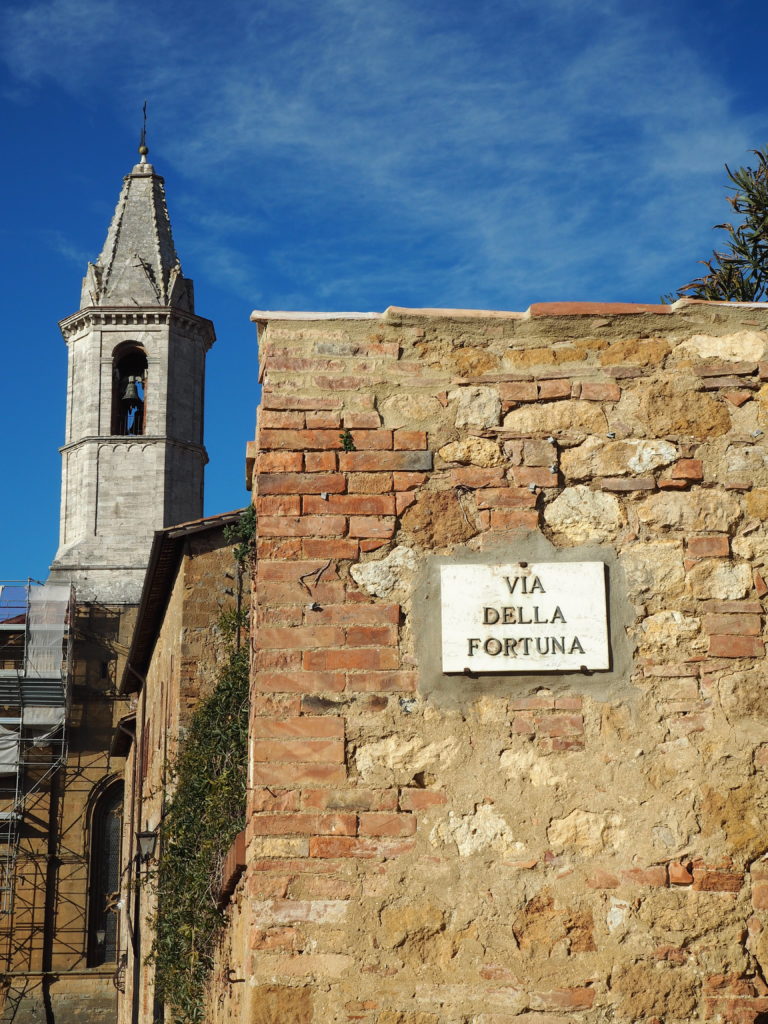
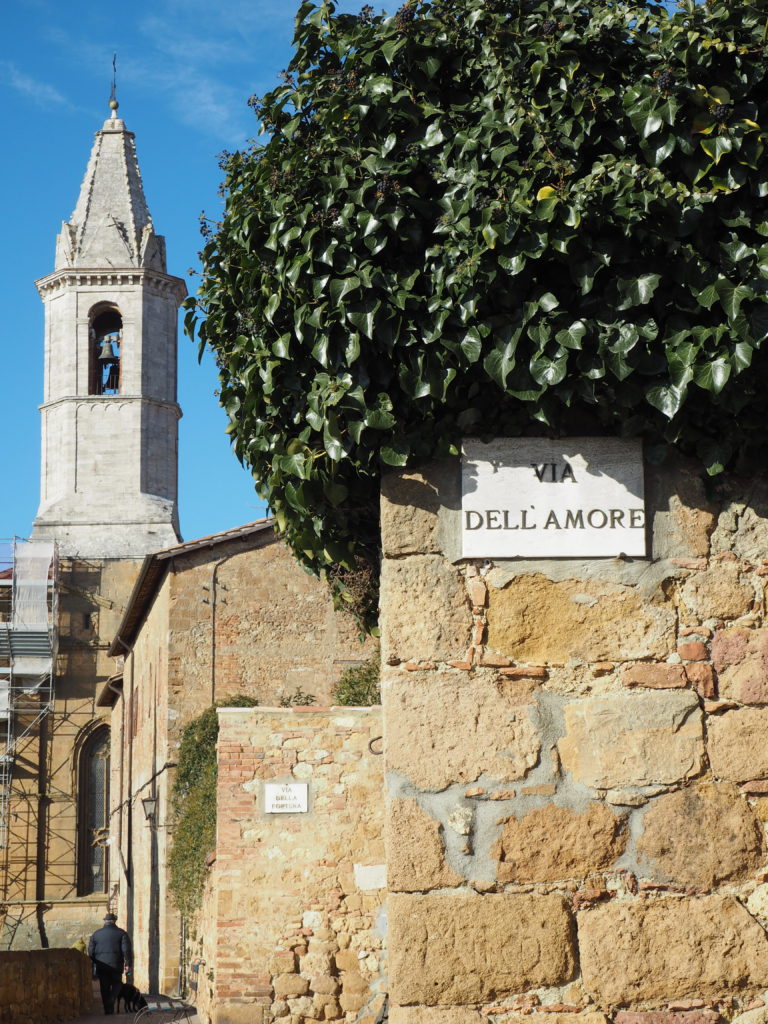
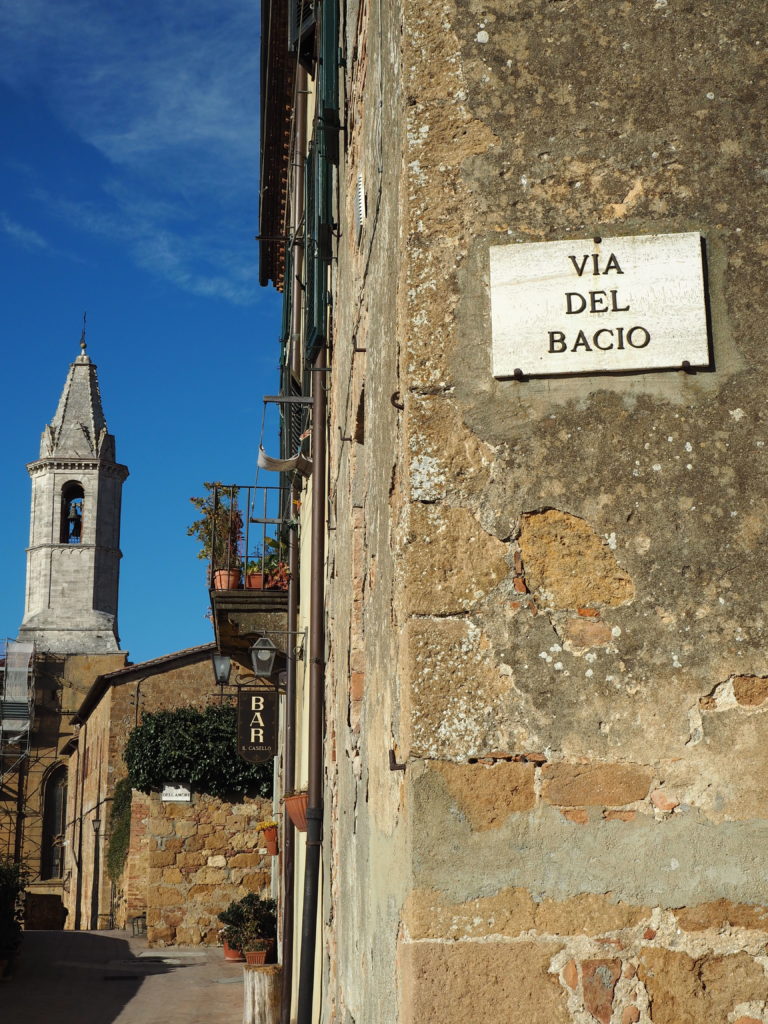
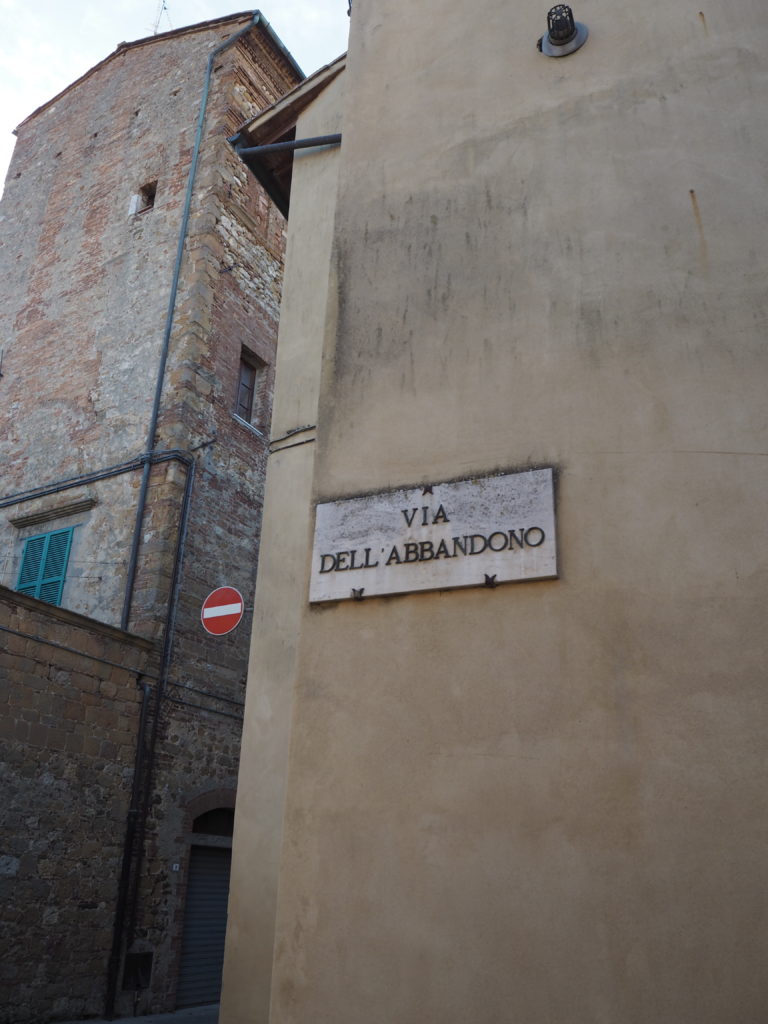
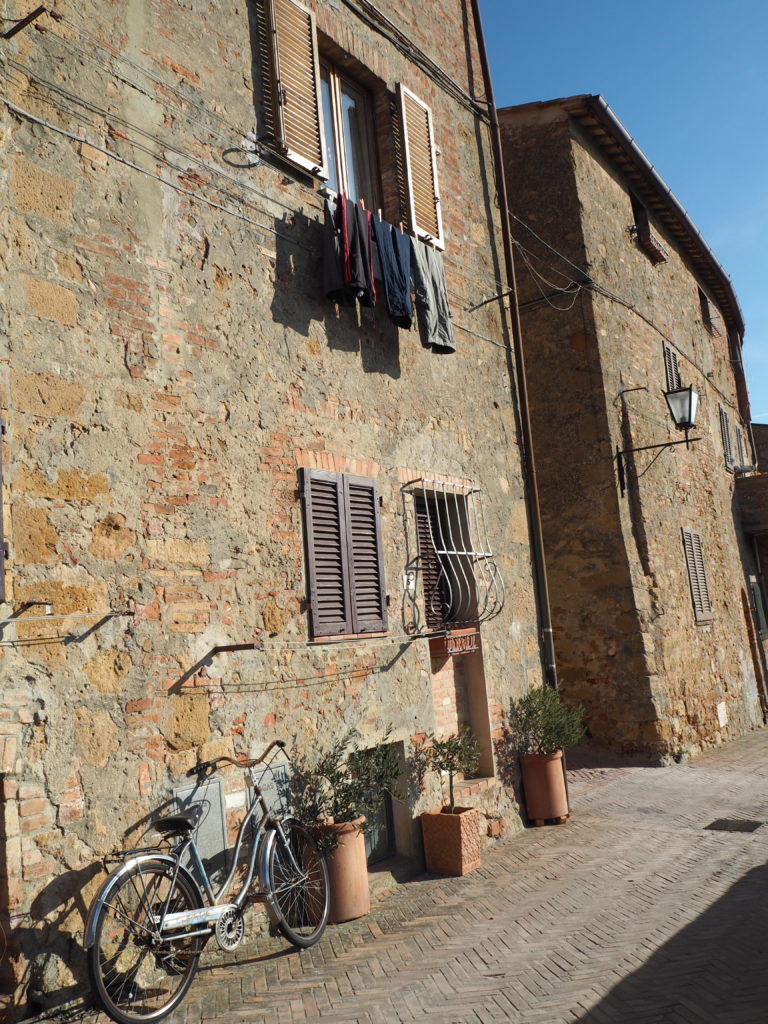
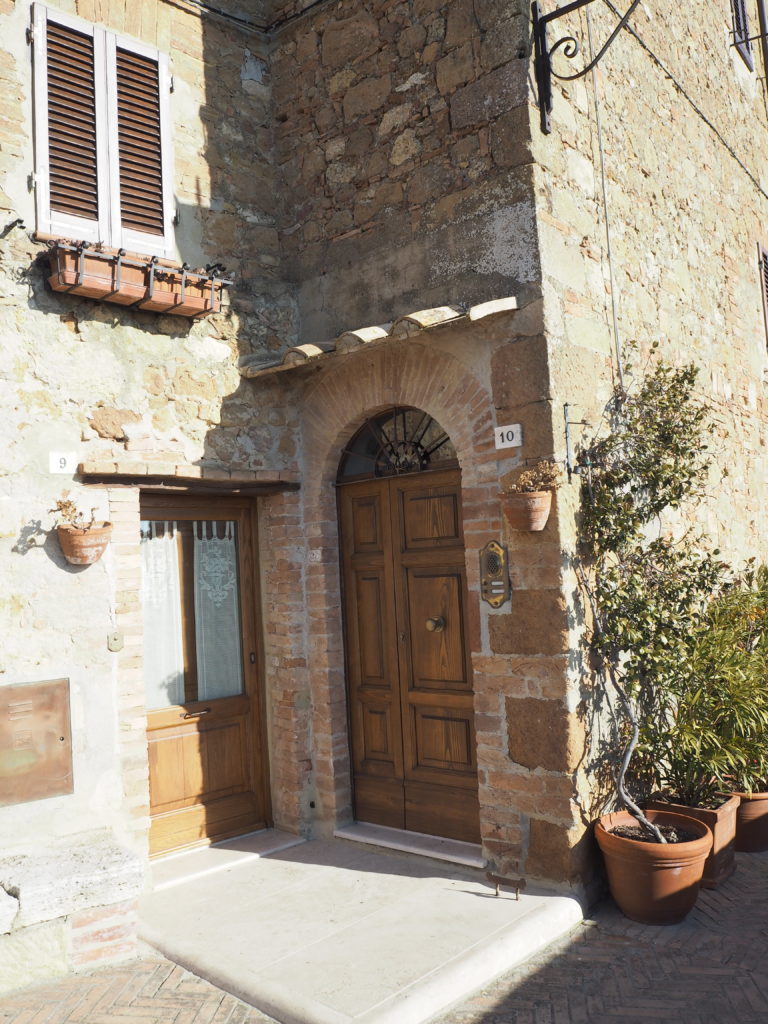
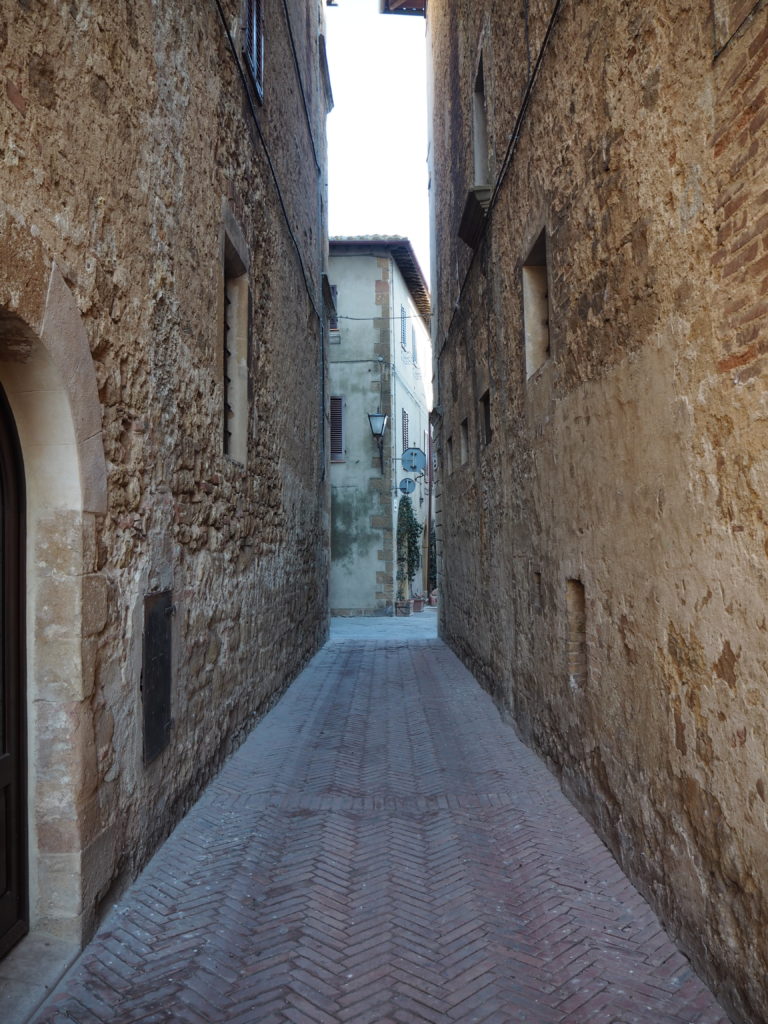
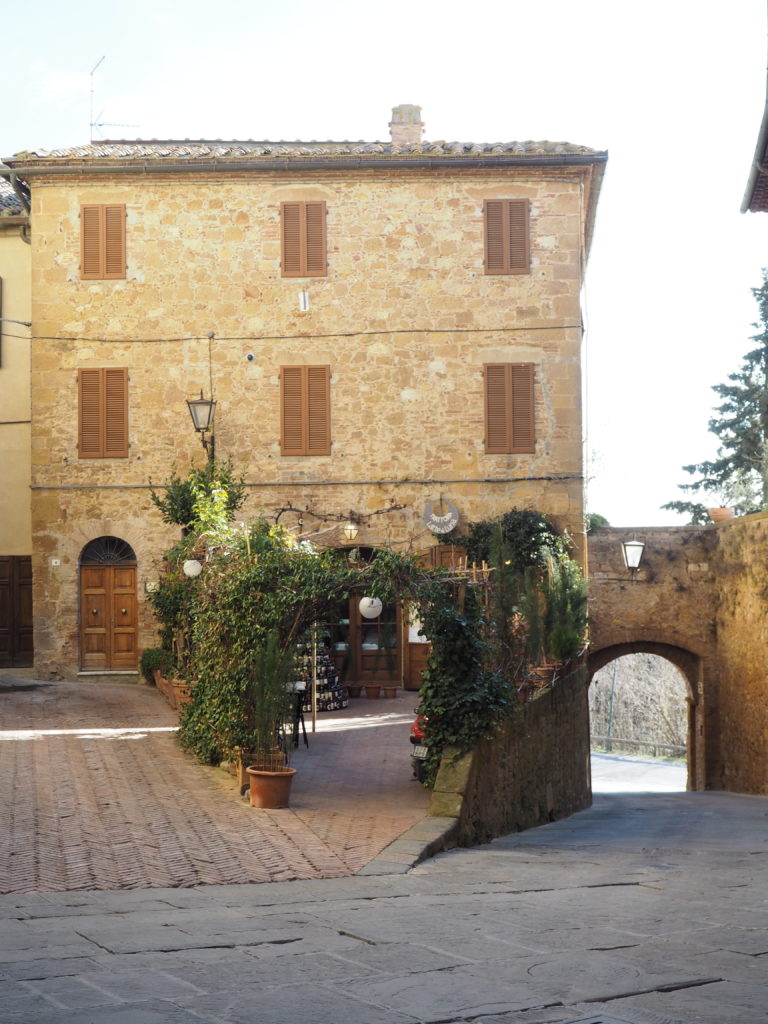
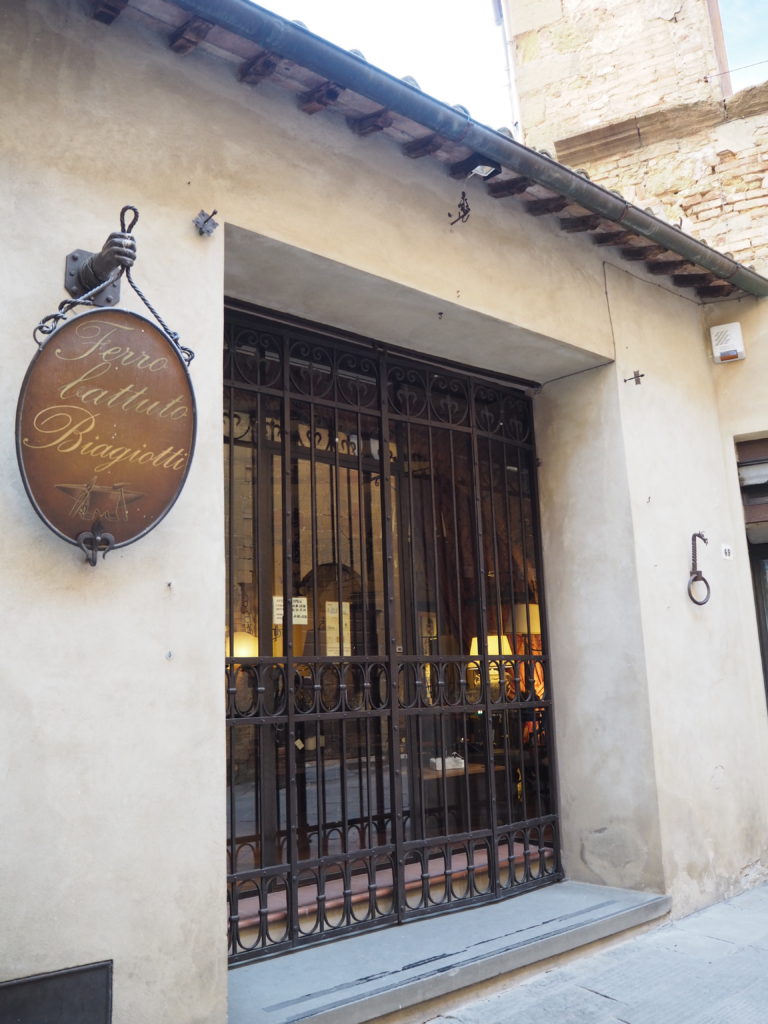
Pienza is of course also famous for their Pecorino cheese and is considered the capital of pecorino thanks to the especially flavoursome and aromatic milk that comes from a Sardinian milk breed of sheep that graze on the pastures in Val d’Orcia.
The secret of their milk and in turn the cheese from Pienza lies in the unique mixture of herbs that grow in the meadows of the Valley, or the famous ‘crete’ clay area, known as the Crete Senese. On the first Sunday in September, Pienza celebrates with a Cheese Festival celebrating everything about their wonderful pecorino. I highly recommend tasting a variety of Pecorino cheese as the flavour varies greatly depending on how long it has been aged. One of my favourite local, organic farms to visit and take part in a cheese-making workshop or just a tasting if you prefer, is Podere il Casale, located a short ten-minute drive from the old town of Pienza.
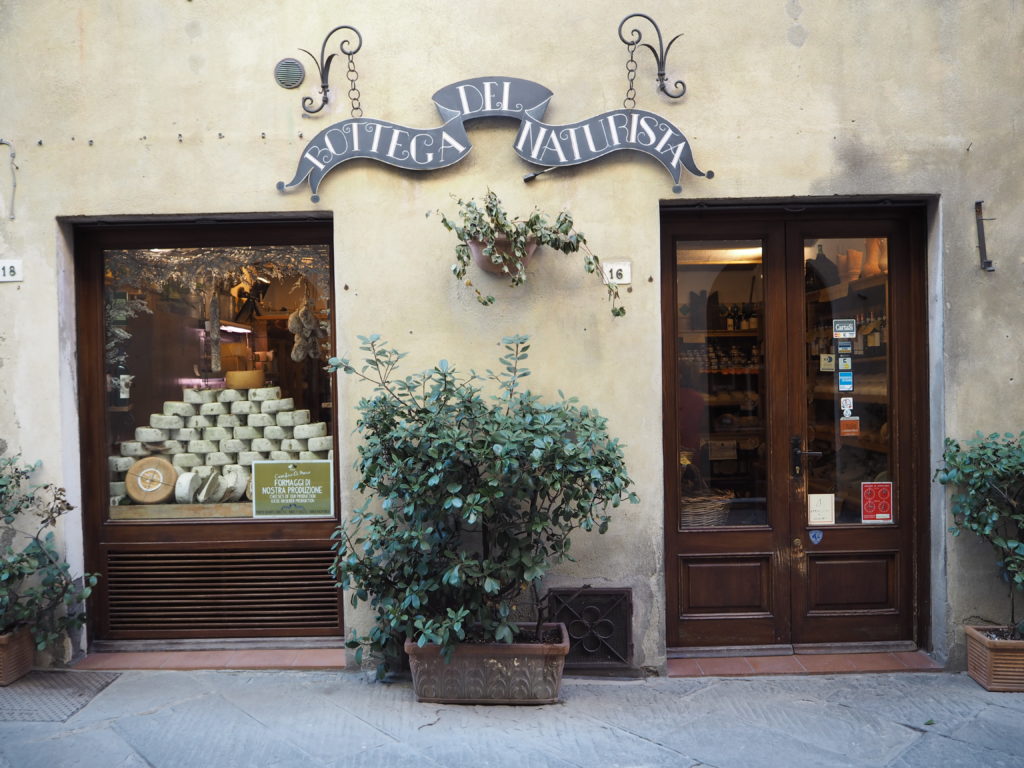
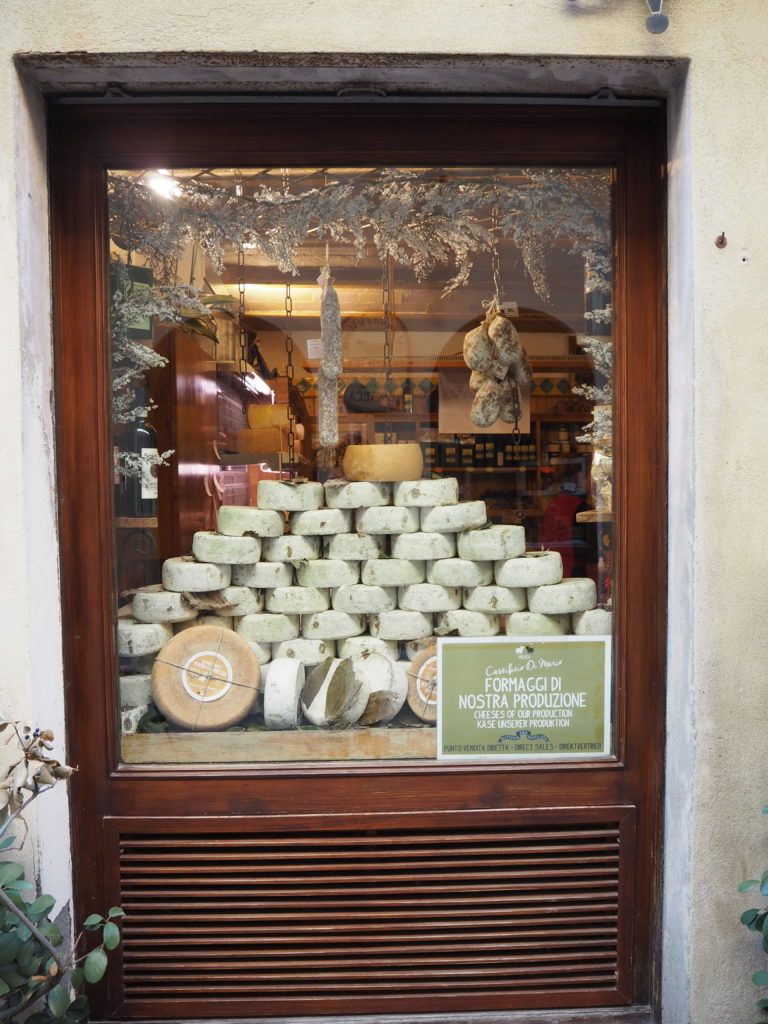
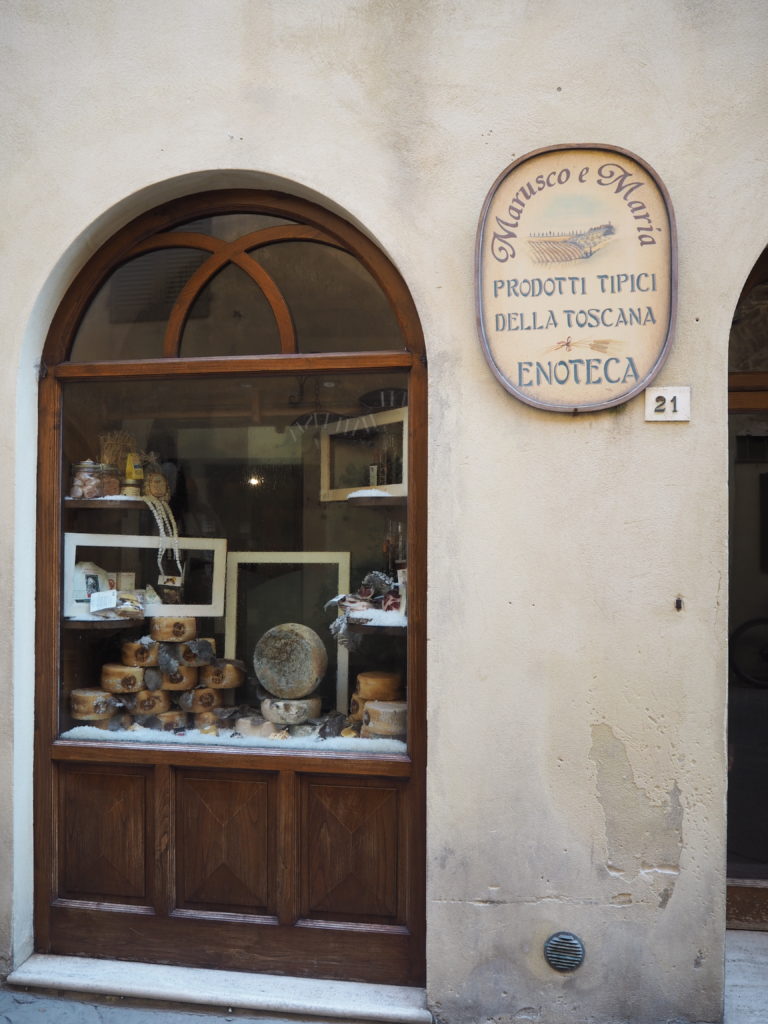
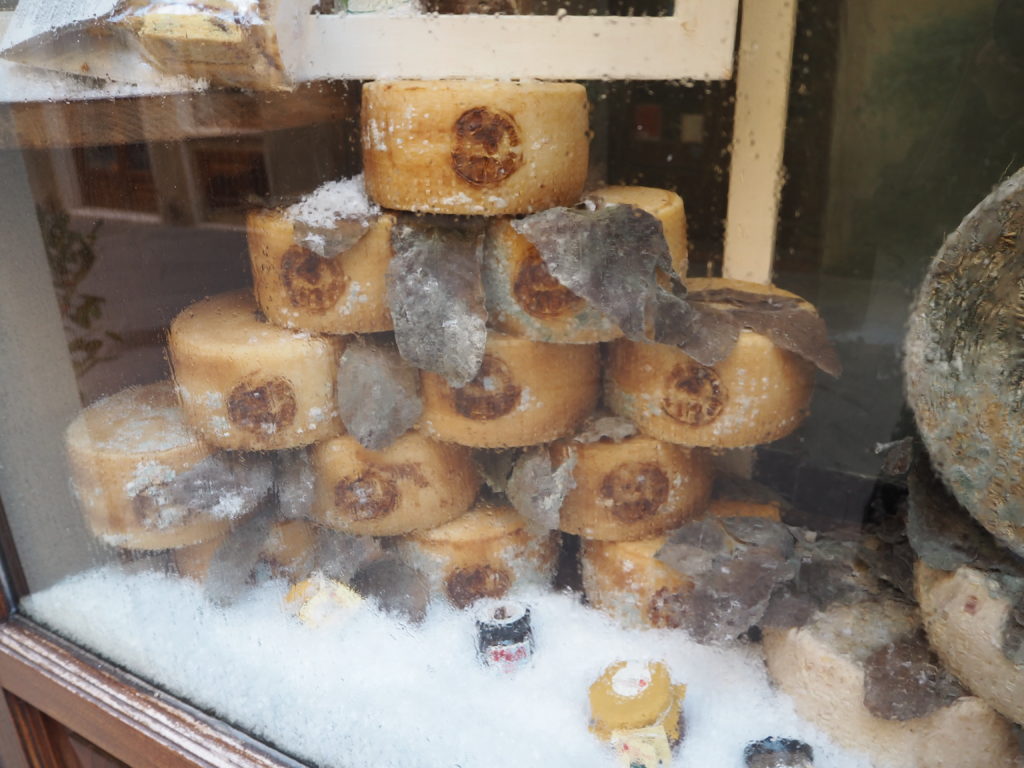
I agree! We had such a lovely time there. Thanks for the pictures.
We will have to visit there in May!